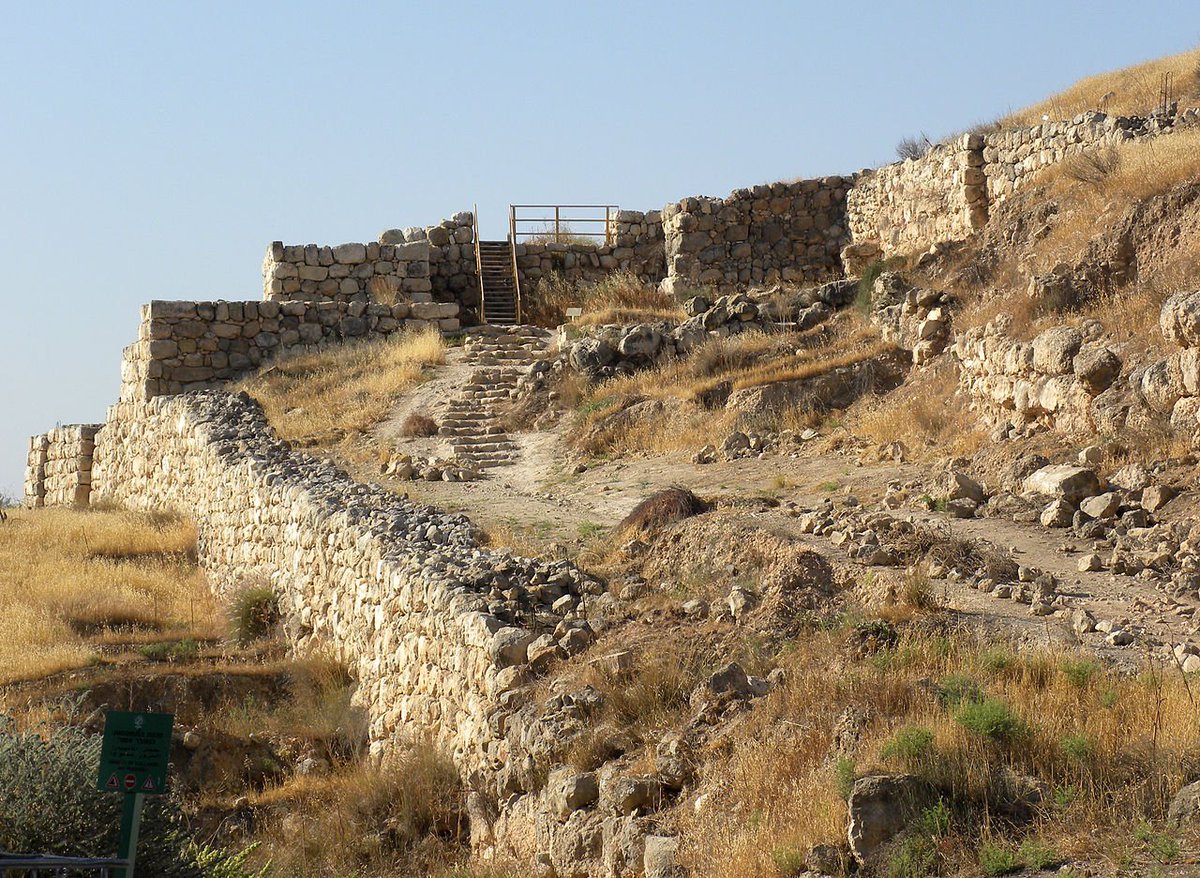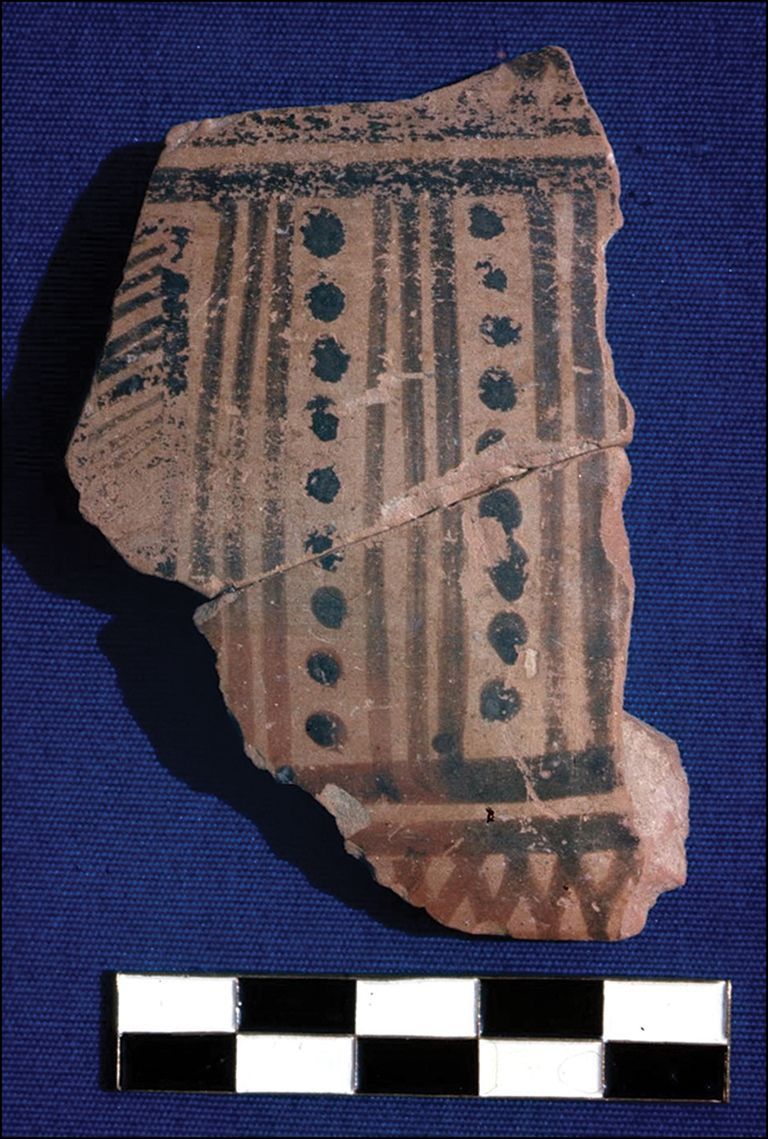🆕 #archaeology: A 'missing link' in alphabet history has been discovered, as archaeologists working in 🇮🇱 have found an ancient bit of writing that helps fill a gap in its early history.
Here's an #AntiquityThread on the find, published today (🆓) buff.ly/2Q2HTNR 1/🧵
Here's an #AntiquityThread on the find, published today (🆓) buff.ly/2Q2HTNR 1/🧵

Researchers had previously found evidence of the alphabet developing in the Sinai peninsular, around 1800 BC and eventually spread to the Levant around 1300 BC. 2/
📷: An early example of the alphabet from Sinai
📷: An early example of the alphabet from Sinai

From there, it began to spread around the Mediterranean, eventually developing into the Greek and Latin alphabets. 3/
📷: A lovely bit of ancient Greek alphabet, by Marsyas / CC BY 2.5
📷: A lovely bit of ancient Greek alphabet, by Marsyas / CC BY 2.5

However, the evidence between the emergence of the alphabet in the Sinai and its arrival in the Levant was lacking. 4/
📷: Actual footage of archaeologists trying to study this period of alphabet history
📷: Actual footage of archaeologists trying to study this period of alphabet history
As such, this new find – an inscription on a pottery sherd dating to around 1450 BC – serves as an important ‘missing link’ for this gap in the alphabet’s history. 5/
📷: The sherd. It might not look like much, but it's kind of a big deal
📷: The sherd. It might not look like much, but it's kind of a big deal

“This sherd is one of the earliest examples of early alphabetic writing found in Israel,” said @felixhoeflmayer from @oeaw, lead author of the research. 6/
The discovery was made by a team from @oeai_oeaw at the site of Tel Lachish in the Shephelah region, in modern-day 🇮🇱. 7/
📷: Map of Lachish
📷: Map of Lachish

At the time, @TelLachish was an important settlement mentioned in ancient Egyptian documents from the period. 8/
📷: Part of the remains of Lachish by Wilson44691 / CC BY-SA 3.0
📷: Part of the remains of Lachish by Wilson44691 / CC BY-SA 3.0

It appears to have been a hub of activity, with imports from Egypt, Cyprus and the Aegean, along with several monumental structures. It was near one of these that the sherd was found. 9/
📷: Building remains from Tel Lachish in the area the pottery was found.
📷: Building remains from Tel Lachish in the area the pottery was found.

The pottery fragment itself is just under 4 cm tall and appears to have been part of the rim of an imported Cypriot bowl. The inner surface is inscribed in dark ink, preserving a handful of letters written diagonally. 10/
📷: The ceramic fragment, with a scale for scale.
📷: The ceramic fragment, with a scale for scale.

These serve as a snapshot of early alphabet history, with most of them still similar to the Egyptian hieroglyphs they were originally based on. 11/
Although the fragmentary nature of the sherd makes translation difficult, the researchers suggest it may spell out 'עבד' or ‘slave’ – perhaps part of someone’s name – and 'נפת' or ‘nectar’ / ‘honey’. 12/
Whilst the meaning of the inscription may be unknown, it still has a dramatic impact on our understanding of the alphabet’s history. 13/
“Its mere presence leads us to rethink the emergence and the proliferation of the early alphabet in the Near East,” said Dr Höflmayer. 14/
“The proliferation of the early alphabet to the southern Levant was usually dated to the 14th or 13th century BC and was seen as a by-product of the Egyptian domination of the region during that time.” 15/
However, this sherd shows it was introduced independently and earlier. 16/
The team hopes to carry out further excavations at the site, hopefully shedding more light on this important period of the early alphabet’s history. 17/17
• • •
Missing some Tweet in this thread? You can try to
force a refresh



















